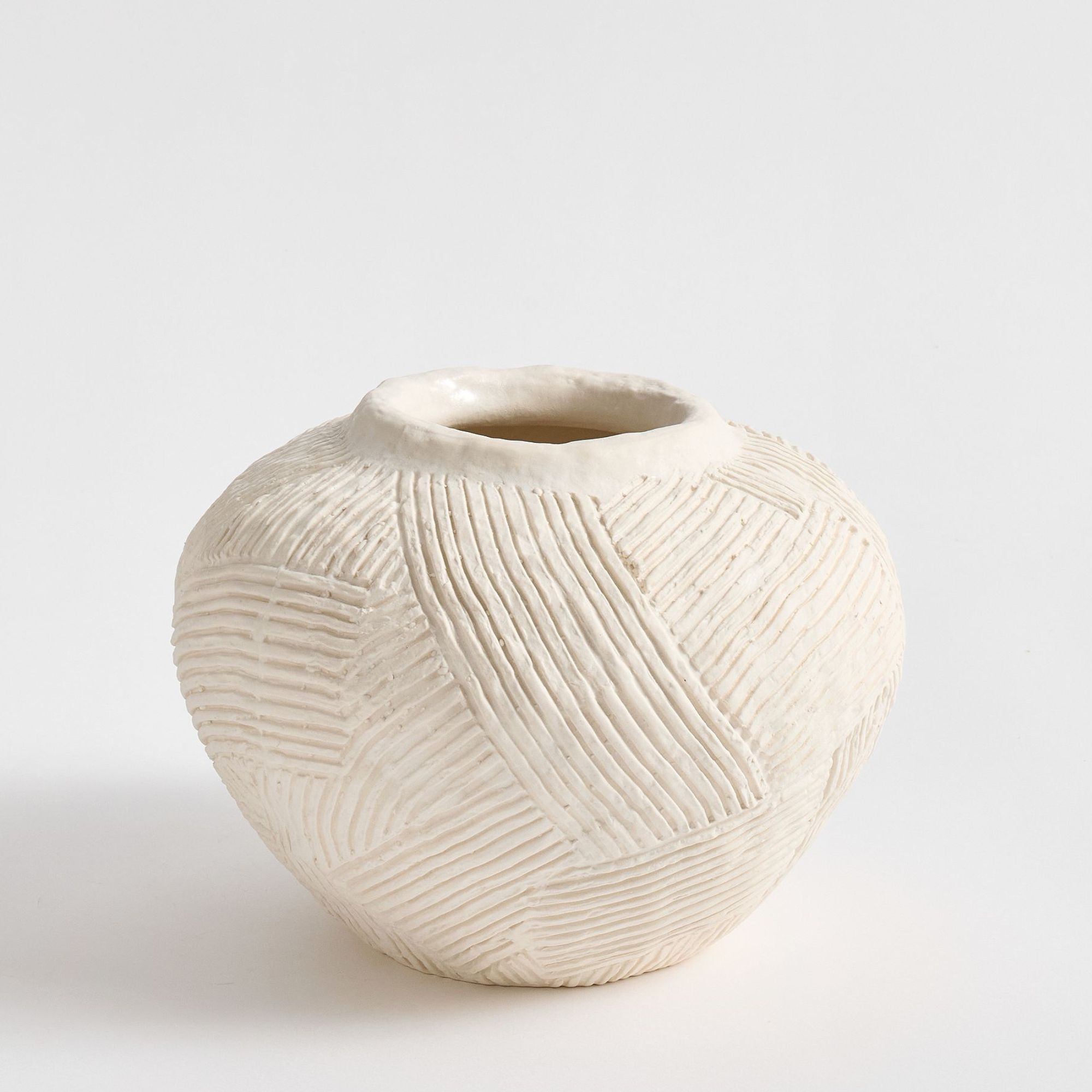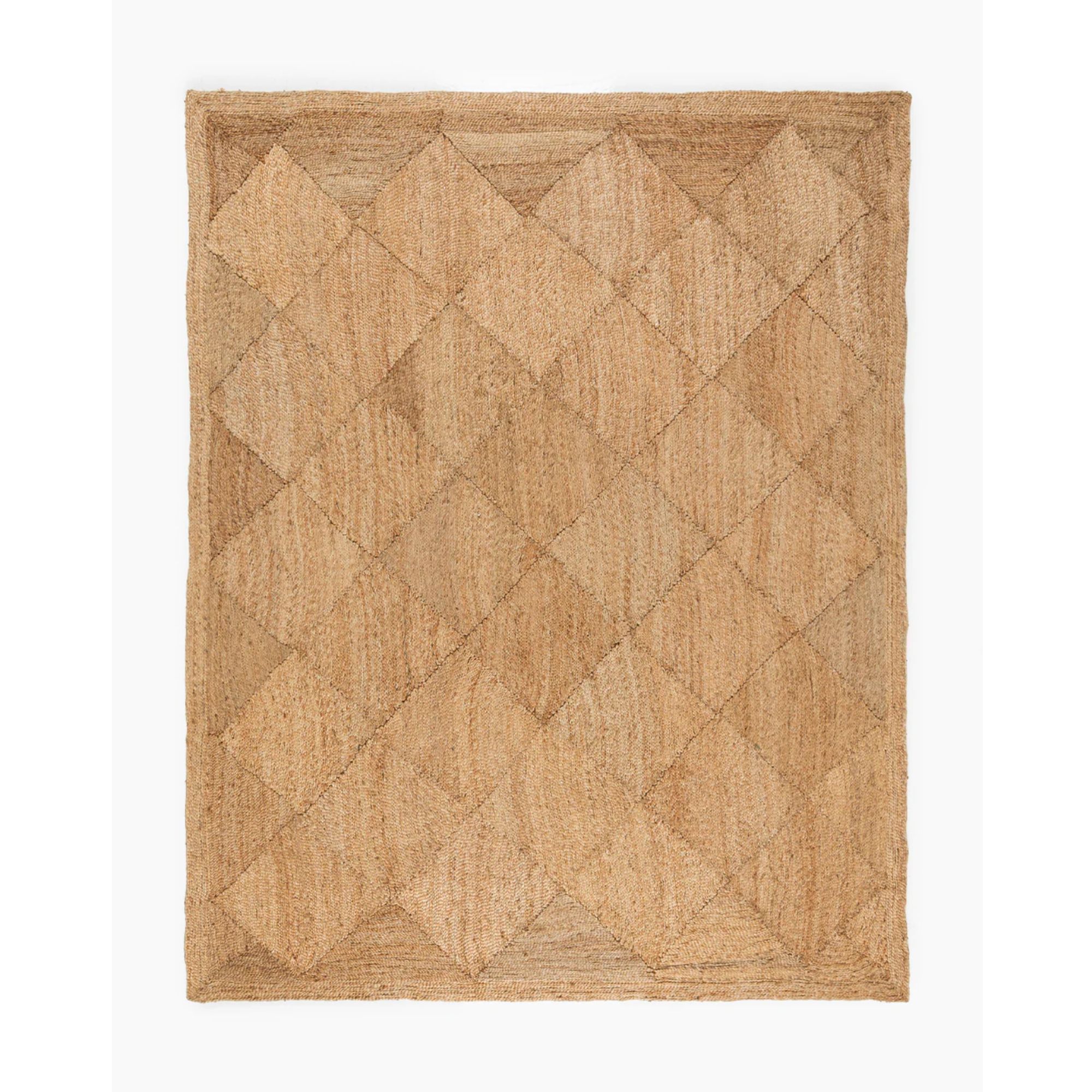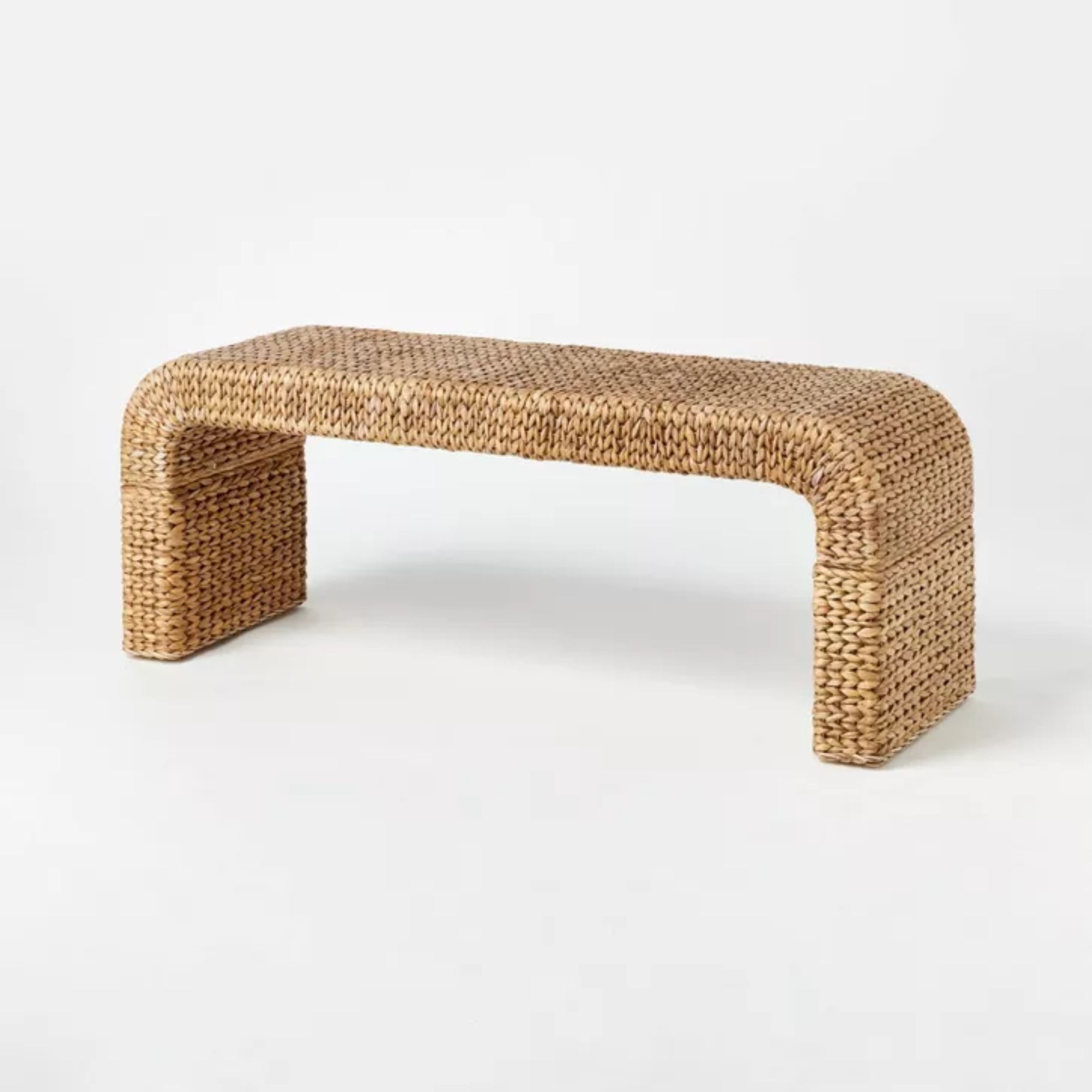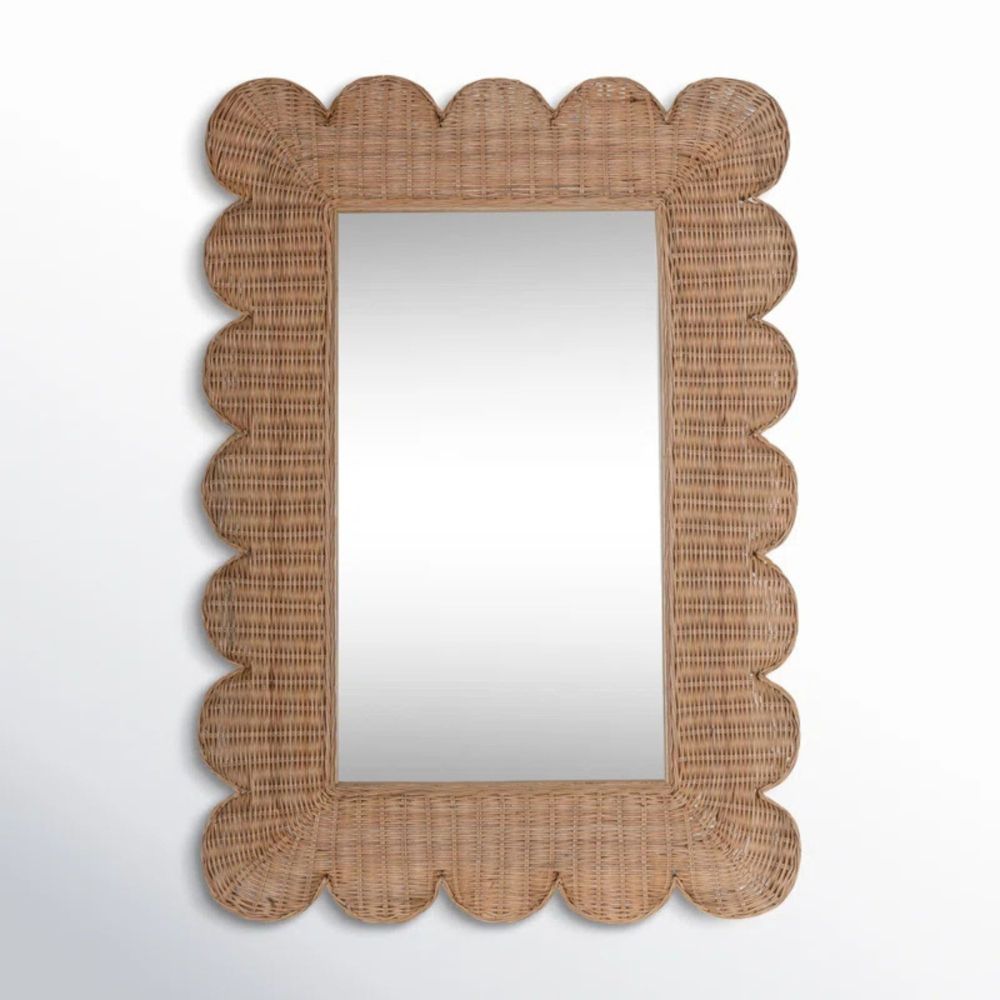How to use texture in interior design – 7 ways designers use materials and finishes to add interest to any space
These enviable designer spaces are a lesson in how to use texture to enhance a scheme

Holly Ransome
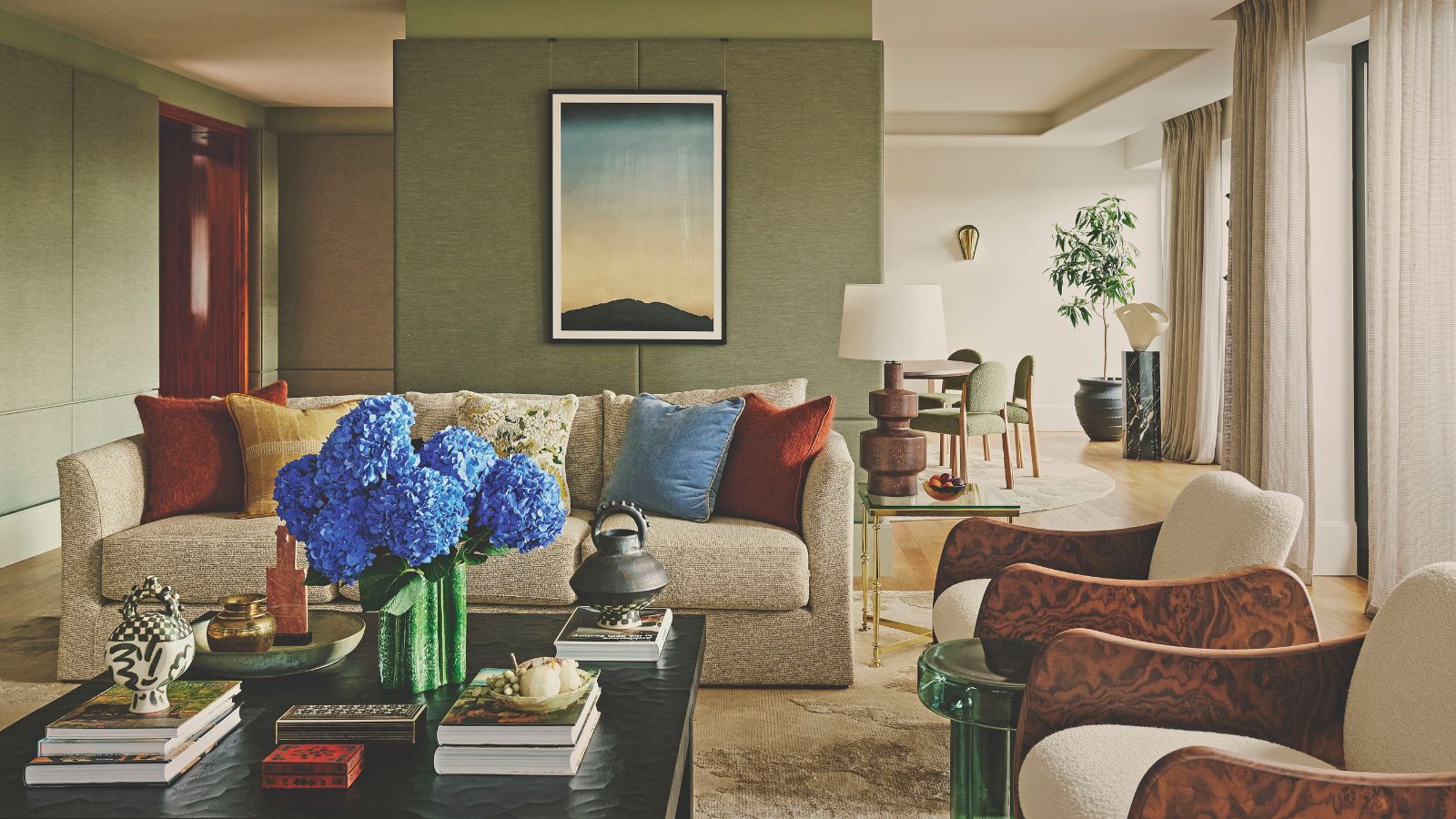
When it comes to interior design, the considered use of texture can transform a space, infusing it with depth and personality. Different surfaces evoke various styles and eras, create a distinct sense of texture, and react with light, sound, and touch in their way. A room is an opportunity for a medley of surface effects, so ponder carefully the mood you want to create, as well as the practicalities.
From the warmth and richness of wooden paneling with sumptuous velvet, or the relaxed charm of a limewash against a crinkly linen, the visual effects of materiality and texture are one of the most important rules of interior design. We spoke to a lineup of design professionals about how they've used different surface effects finishes throughout their projects to create that all-important depth and interest.
7 ways to be creative with texture when designing your home
The thoughtful use of texture in interiors can transform a space by adding a new layer of visual interest, while also enhancing functionality. We hear from the design experts on the memorable spaces in which they've used materiality to have a dramatic impact.
1. Cover a wall entirely in velvet
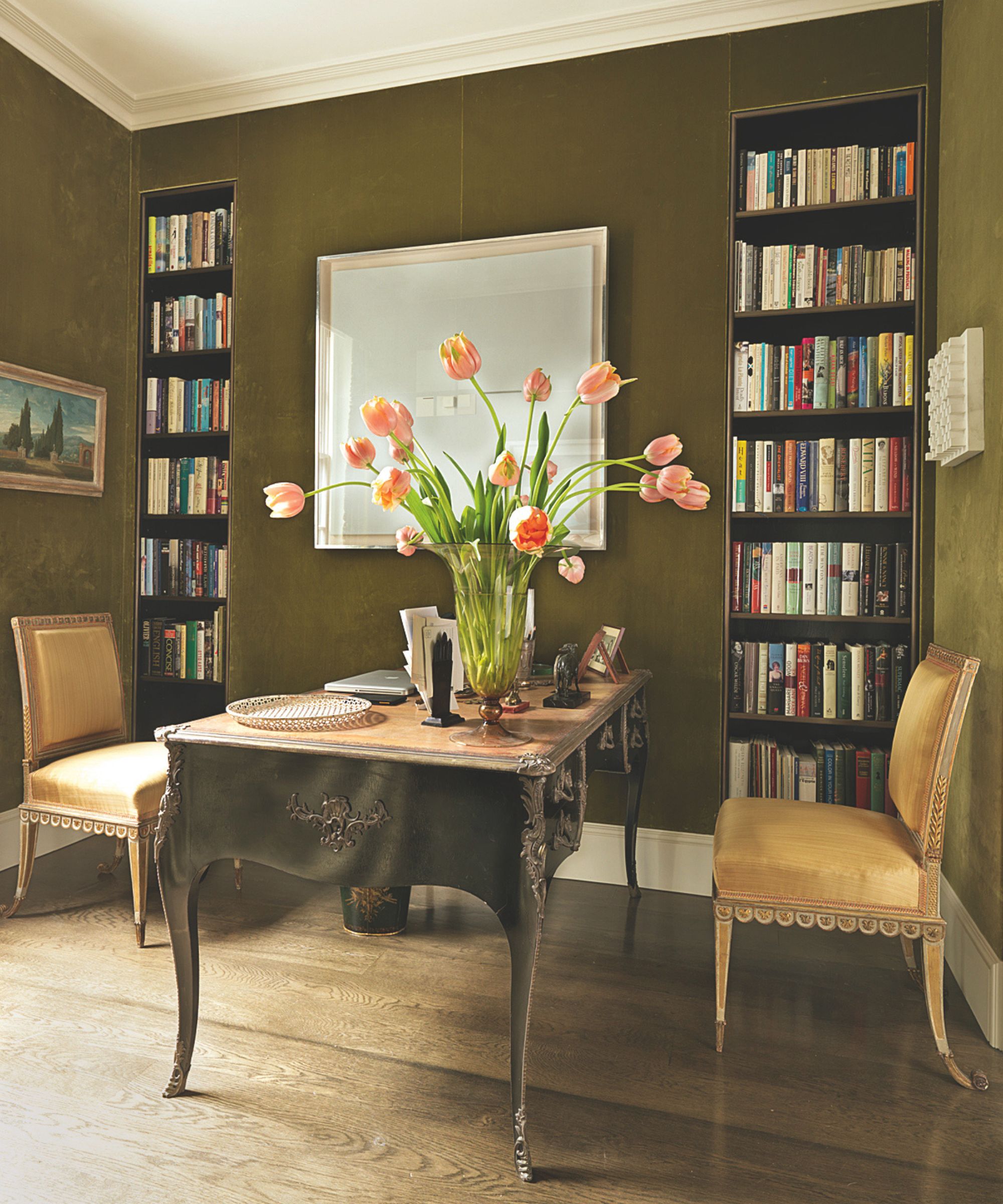
Velvet immediately adds warmth to a room, particularly when it’s used on the walls, such as in this living room come home library designed by Veere Grenney Associates. The rich, mossy green silk velvet creates a cocooning effect, muffling sounds and imbuing the room with a seductive quiet luxury. 'I always think that it’s great to be brave with texture and color,' says Veere of this space.
This sort of wall treatment, provided it has been installed professionally, will act as a grand yet neutral backdrop for artworks, whether traditional or contemporary (although it is particularly flattering for gilded picture frames).
2. Soften the walls with limewash paint
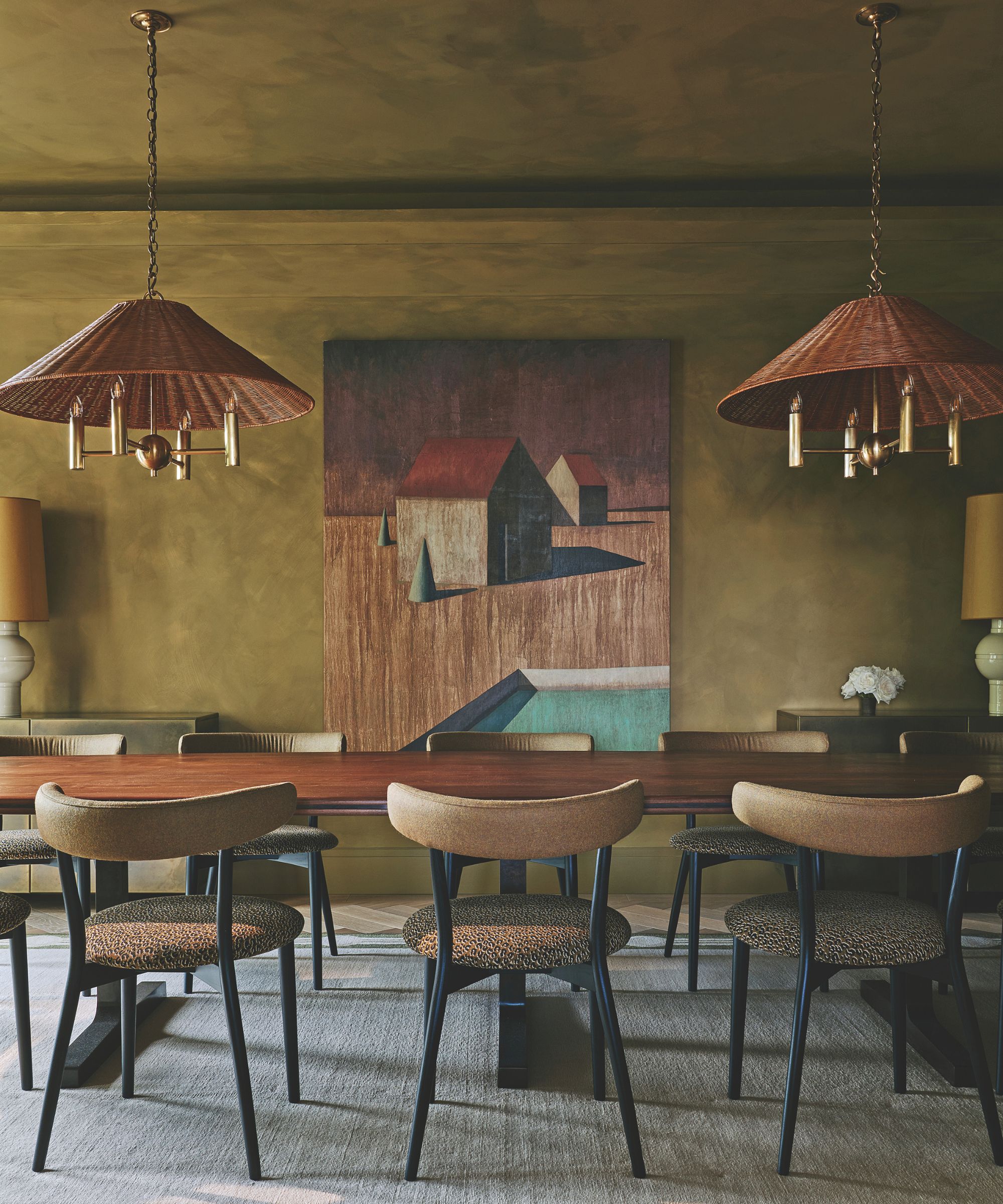
Limewash refracts light through millions of crystals, a clever way of turning an otherwise standard material into something special. Angelica Squire, co-founder of Studio Squire, wove warm, earthy colors into this scheme for a home in London’s Chelsea Barracks.
‘We wanted this to be a statement dining space, given it would be used mostly at night. By painting the ceiling, too, we achieved a cocooned effect across the room,’ says Angelica. The paint is an olive-green limewash by Bauwerk Colour. It has a textured finish that adds movement to walls, resulting in a moody space – perfect for evening meals.
Design expertise in your inbox – from inspiring decorating ideas and beautiful celebrity homes to practical gardening advice and shopping round-ups.
3. Create warmth with wood

Oak wall paneling and parquet floors add warmth and character to any room, but perhaps particularly in the context of a new-build apartment. What was a plain space has been transformed into one that feels settled and interesting. This scheme by Albion Nord was for a penthouse overlooking the infamous Lord's Cricket Ground in London.
'A subtle nod to cricket is woven into the design through a tailored approach to upholstery and carpentry and a warm and earthy color palette, using natural materials,' explains the design team.
They used a mix of vintage pieces, contemporary art, and artisan furniture, which resulted in a rooted scheme that balances contemporary design with fine craftwork.
4. Add unexpected shine with glossy tiles

The glazed surface of ceramic floor tiles acts as a clever way to reflect light, which is perfect for dark rooms. The corridor and library floor in this scheme by interior designer Nicola Harding are laid with Moroccan bejmat tiles.
Bejmat tiles are the brick-shaped version of zellige that are made especially for use on floors. These ones were bought from Emery & Cie. ‘The tactile black tiles work in harmony with the aubergine walls of the corridor,’ says Nicola
5. Utilize a specialist fabric
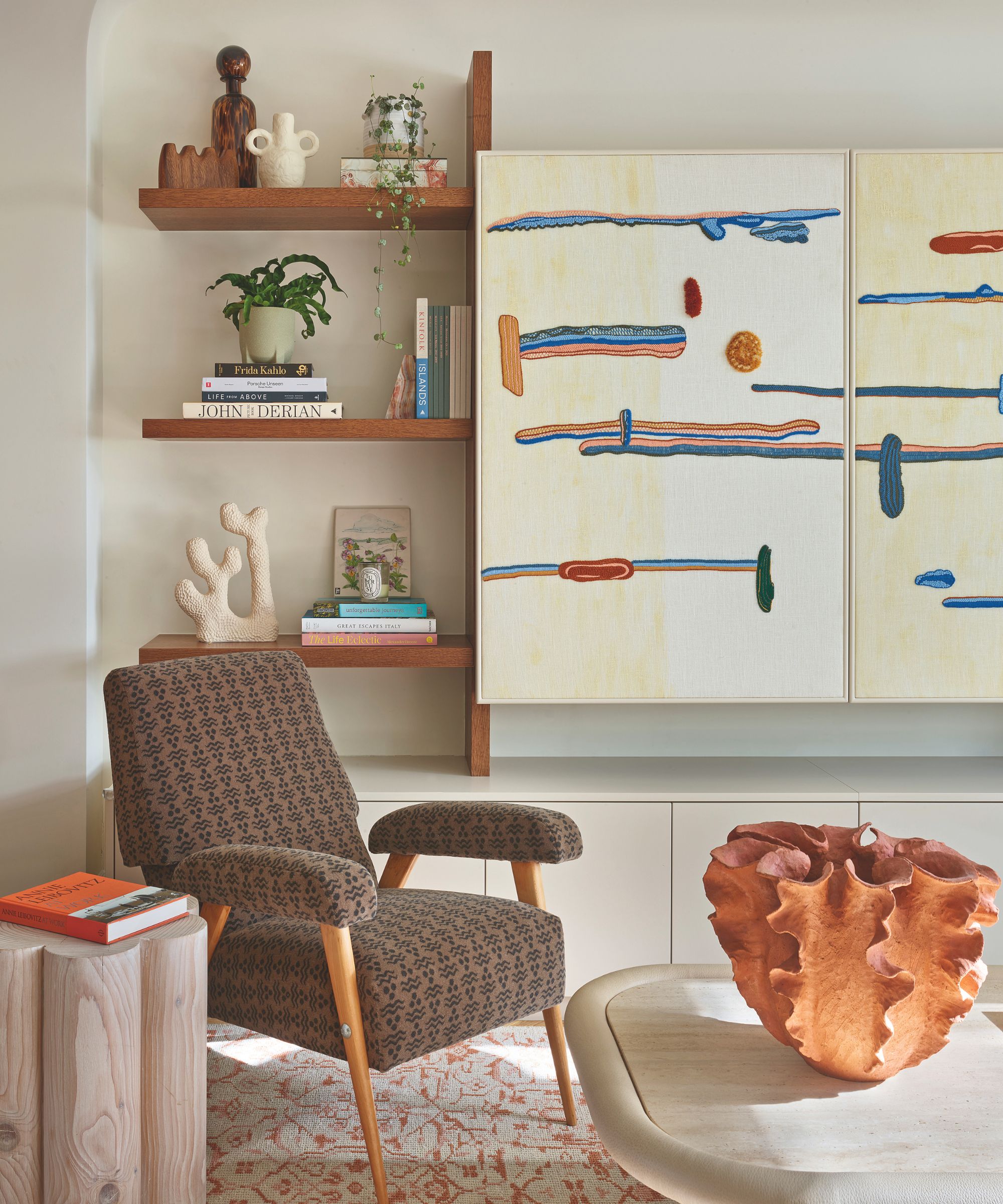
How to disguise a TV is a common conundrum for designers. One solution is to encase it in a piece of furniture so that it can be hidden. For this project, Alicia Meireles of design-and-build firm OWN London commissioned a tapestry from a specialist embroiderer to cover the sliding panels in front of the screen.
‘The brief from the client was to have most of the background plain yet with texture, and they wanted vibrancy of color to punctuate the canvas,’ she explains. Alicia used 18 different embroidery stitches, creating an odyssey of color, texture, and playfulness that suits the clients’ personalities.
6. Incorporate a patinaed metal
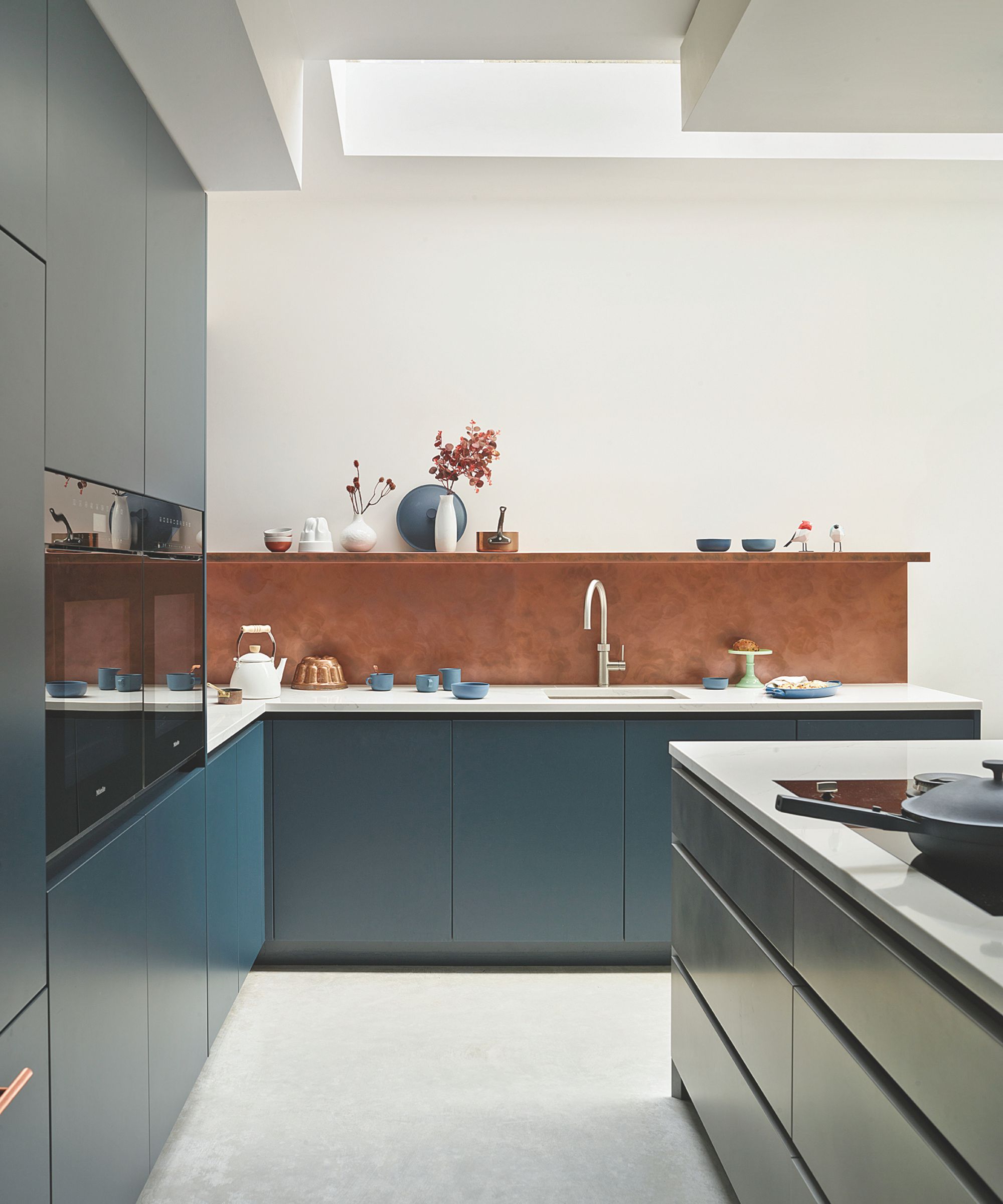
Using luxury or unexpected materials such as marble, metallics, and fluted glass is one of the best ways to create a standout finish in a kitchen. This one by Roundhouse features an antique-effect copper-wrapped splashback that merges into an elongated shelf.
Under lights, it glows against the blue cabinetry and feels especially luxurious when paired with another rich material like marble. ‘A marble-top kitchen island will always create a striking visual centerpiece,’ says Liane Burrett, senior design consultant at Roundhouse.
7. Update a feature wall with fabric panels
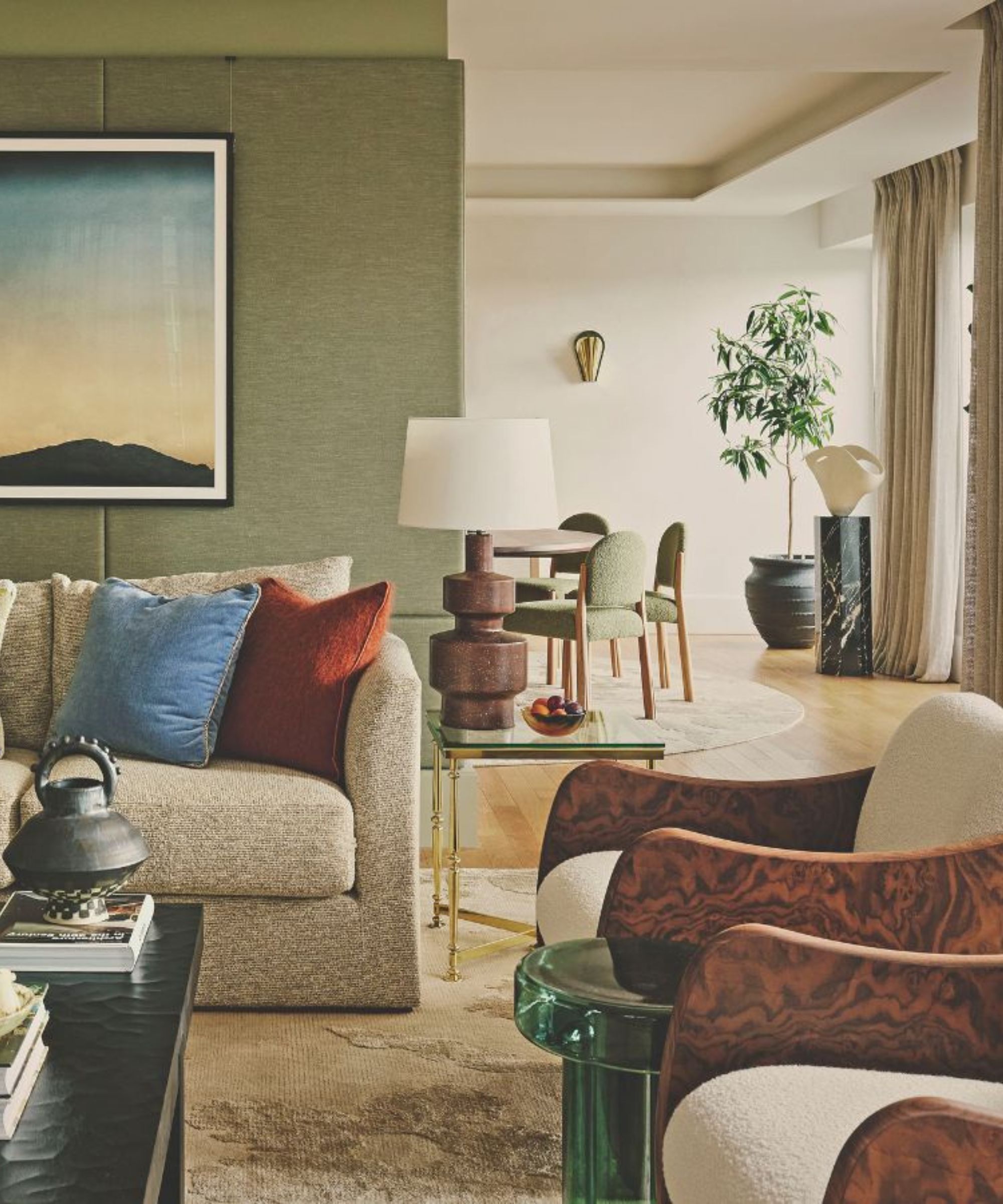
Wall paneling can act as a simple accent in a room, breaking up the space and transforming the overall look. In an open-plan scheme, paneling an area will also help to define different zones. Here, the team at Studio Ashby installed smoky green upholstered panels in a sitting room in a new-build apartment..
These help to soften the acoustics in a large room and evoke a calm, peaceful atmosphere. Sophie Ashby, founder of Studio Ashby, explains about the space, ‘The bones of this apartment were a total joy to work with – there’s a real fluidity between the different spaces, complete with a charming view of London’s skyline.'
Easy buys to add texture to your home
Inspired to add some texture to your home? These six buys are all chic and simple ways to add layers of interest and depth.
The key to creating an impact with texture lies in understanding the varying finishes, colors, light effects, tactility, acoustics, and style connotations that can be created by different materials, and the interplay between them. First, get to know your motive – do you want to create a room that feels cozy and cossetting, or are you after a relaxed, light-filled space for everyday life?
What can't be overstated is that materials are a chance to add a new dimension to a scheme, even if it's just a subtle shift. Think of materiality in the same way you would pattern, color, or light, and you'll immediately find yourself creating a more interesting scheme.

Arabella is a freelance journalist writing for national newspapers, magazines and websites including Homes & Gardens, Country Life, The Telegraph and The Times. For many years she has specialized in writing about property and interiors, but she began her career in the early 2000s working on the newly launched Country Life website, covering anything from competitions to find the nation’s prettiest vicarage to the plight of rural post offices.
- Holly RansomeEditorial Assistant (print and digital)
